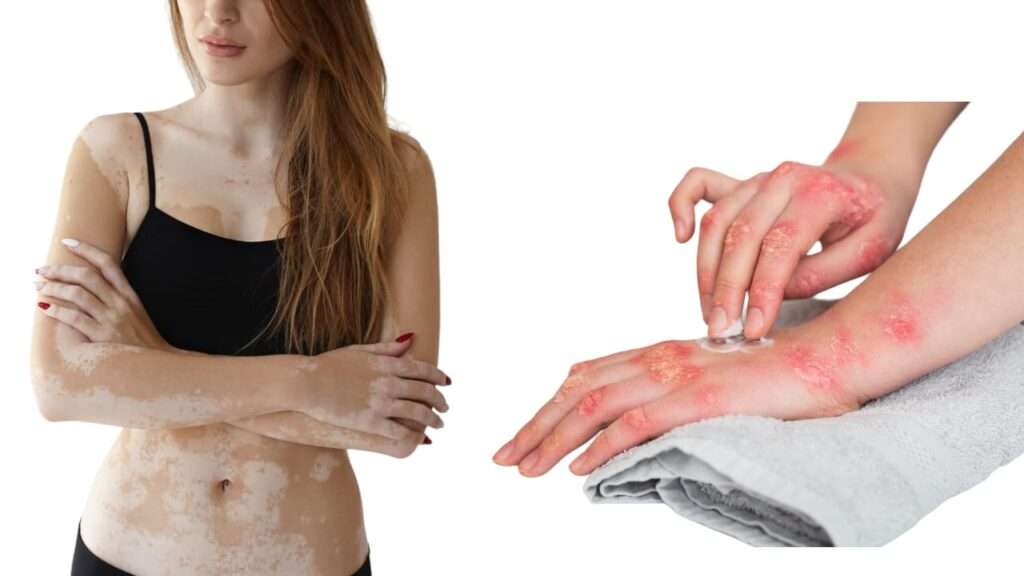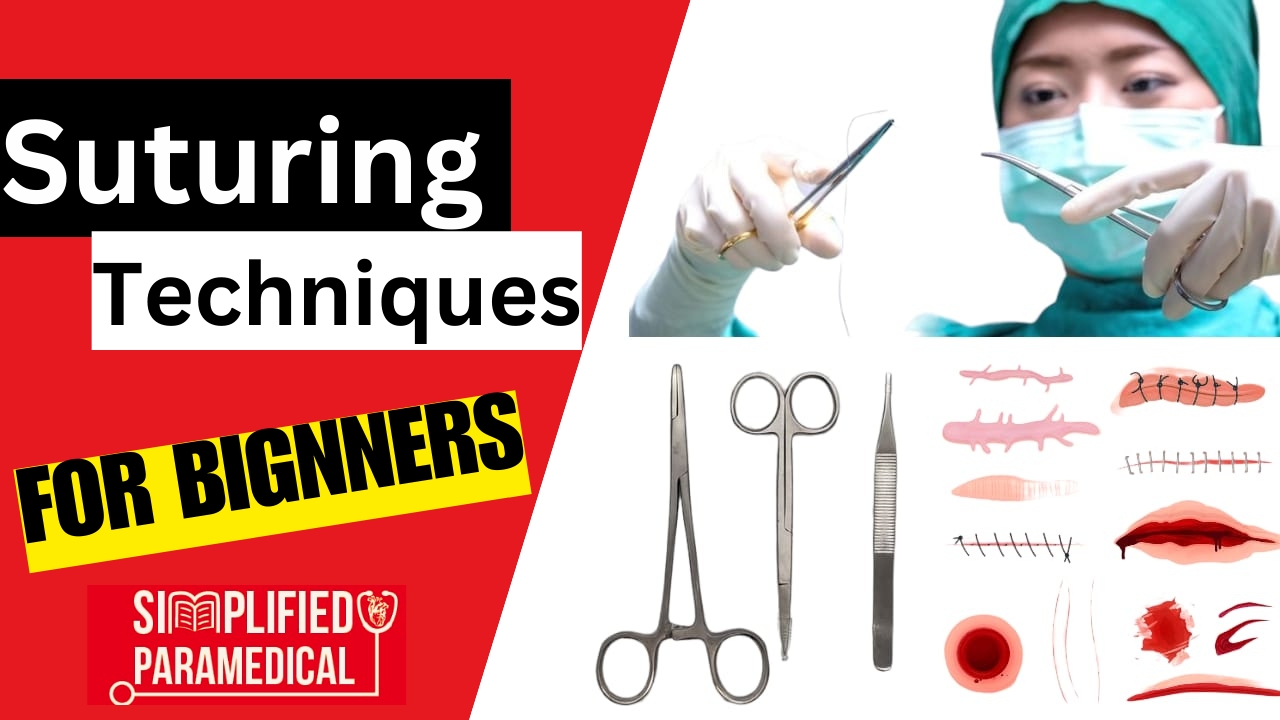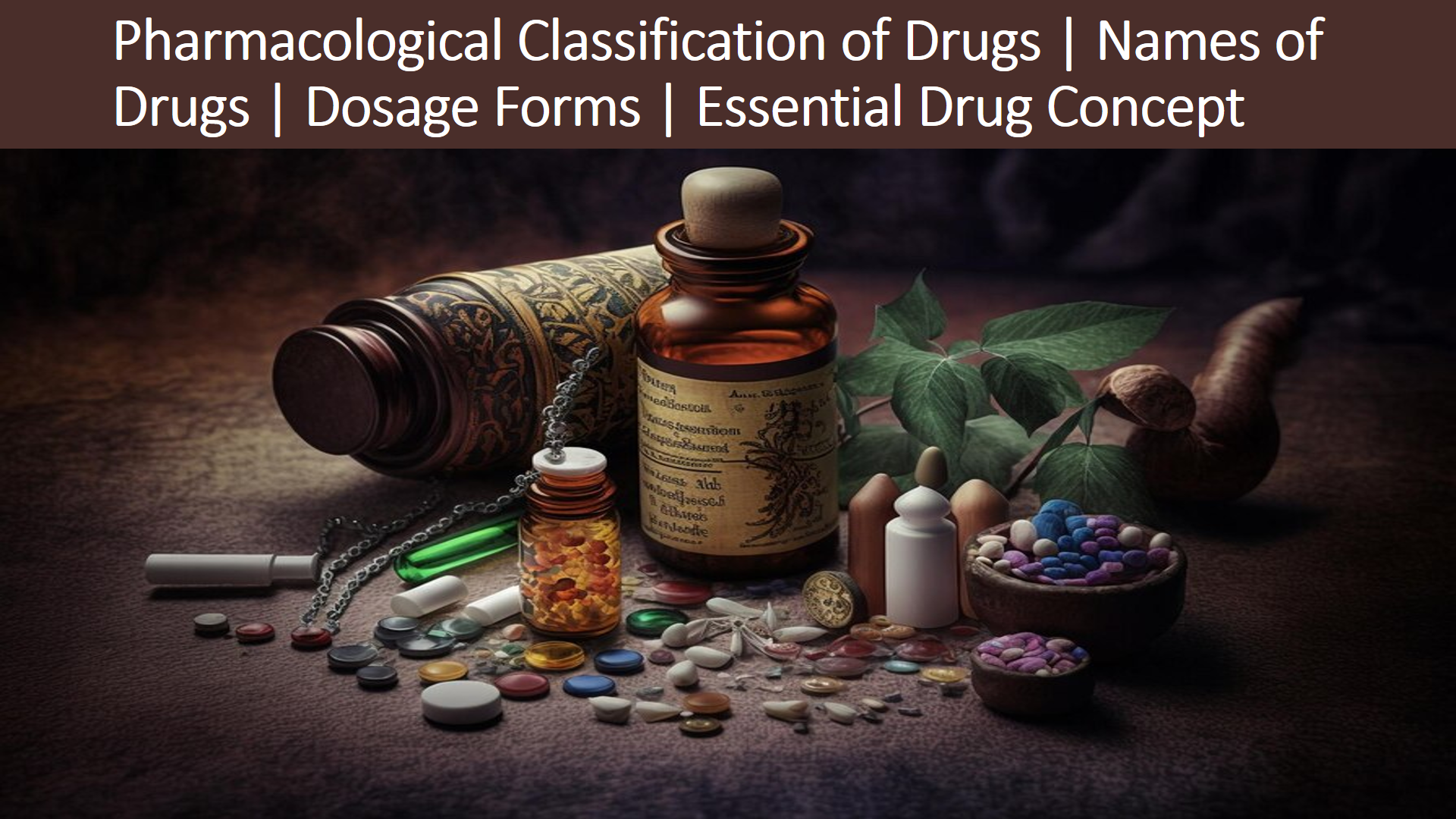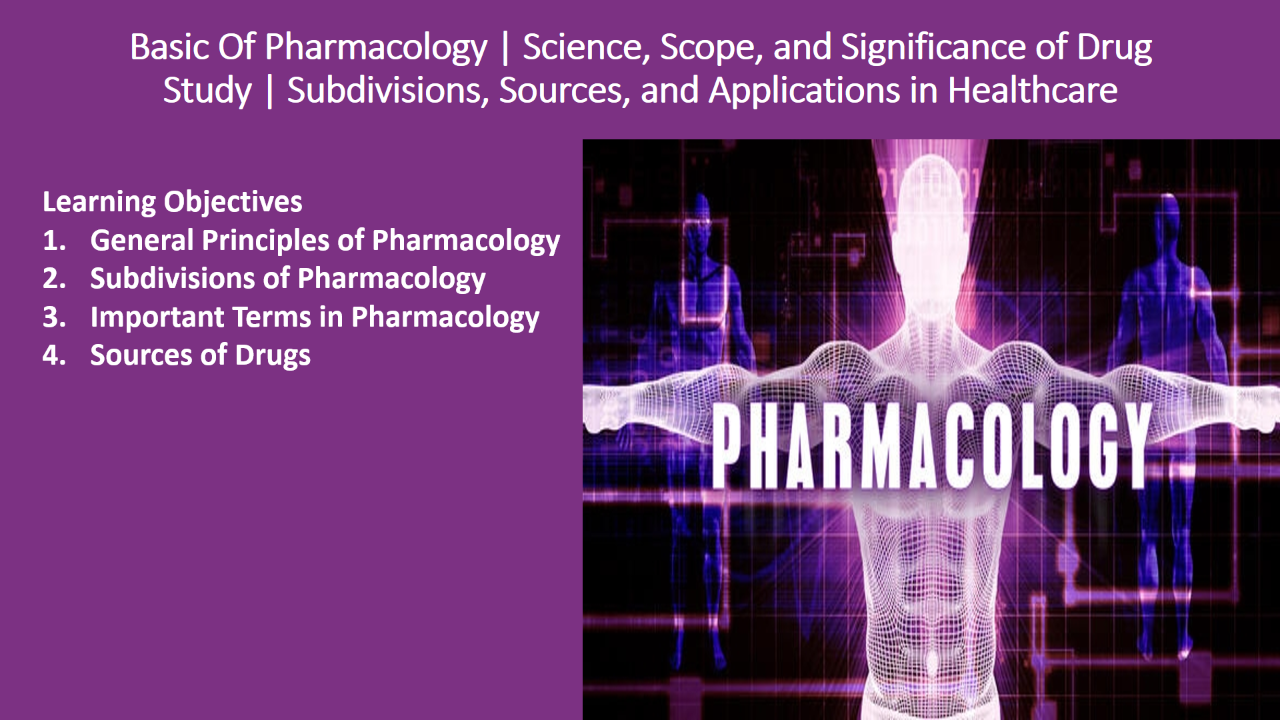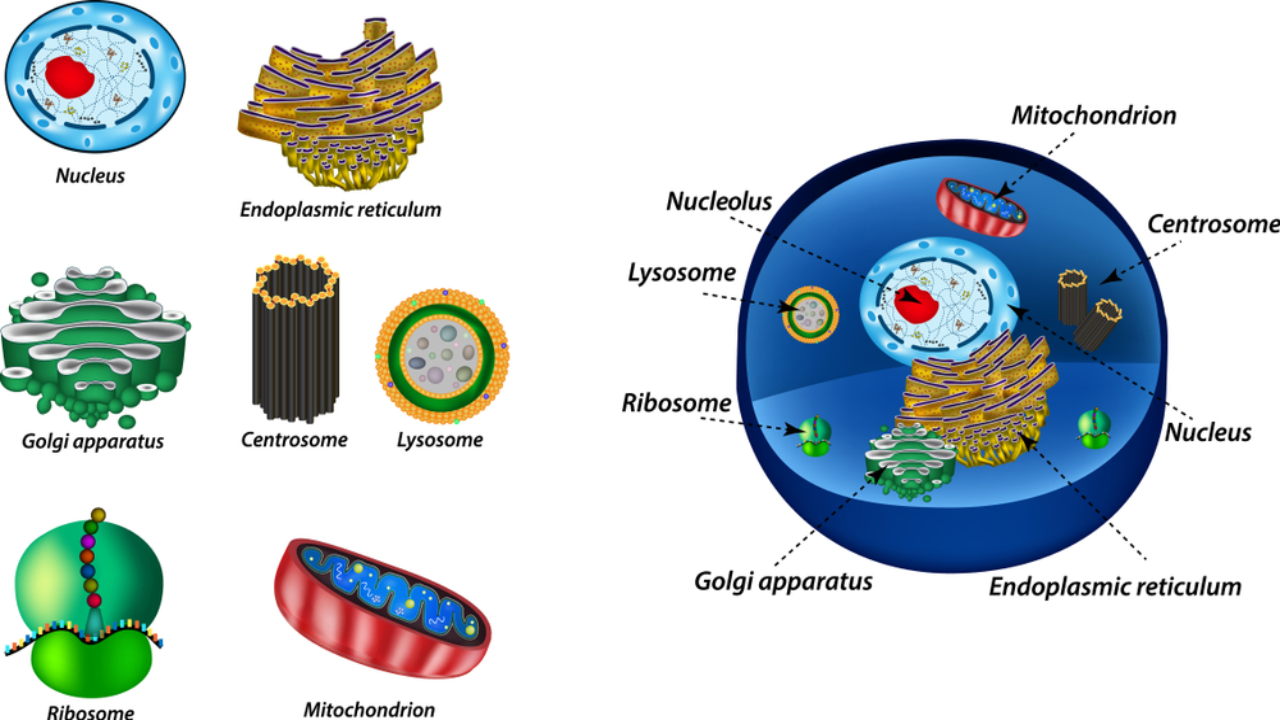Understanding Rashes:
Rashes are like mysterious visitors that show up on your skin, causing discomfort and confusion. They come in different forms and sizes and can be caused by many things. In this guide, we’ll take a closer look at what rashes are, the different types they come in, why they happen, how you can spot them, what’s going on beneath the surface, and how you can make them go away.
Table of Contents
Definition of Rashes :
A rash is when your skin looks and feels different than usual. It might turn red, get bumpy, or even start itching. Rashes can be in one spot or spread around, and they come in different types, just like how different animals are called cats, dogs, or birds.
The Different Types of Rashes:
Rashes are like a gallery of unique artworks painted on your skin. Each type has its own colors, patterns, and stories to tell. Let’s step into this artistic world and explore the different types of rashes, deciphering their appearances and understanding what makes each one special.
1. Eczema (Atopic Dermatitis): Eczema is like a persistent artist that paints dry, itchy patches on your skin. These patches can be red, inflamed, and sometimes even scaly. Eczema often shows up in places like your elbows, knees, and face.
2. Contact Dermatitis: This type of rash is your skin’s way of saying, “I didn’t like that!” It appears as redness, itching, and sometimes blisters at the spot where your skin came into contact with an irritant, like a certain soap or metal.
3. Psoriasis: Psoriasis is like an overactive painter that creates thick, silvery scales and red patches on your skin. It often shows up on your elbows, knees, scalp, and lower back. This chronic condition can flare up and then calm down over time.
4. Heat Rash (Prickly Heat): Heat rash is like a small-scale mural that appears when sweat gets trapped in your sweat ducts. It causes red bumps and itching, often in areas prone to sweating, like your neck, back, and groin.
5. Hives (Urticaria): Hives are like sudden, abstract masterpieces that appear out of nowhere. They’re raised, itchy welts on your skin that can vary in size and shape. Hives can be triggered by allergies, stress, or even unknown factors.
6. Ringworm (Tinea Corporis): Despite its name, ringworm has nothing to do with worms. It’s a fungal infection that forms a circular, red rash with a clear center, resembling a tiny ring. It’s often itchy and can spread to other parts of your body.
7. Impetigo: Impetigo is like a messy artist that creates yellow, crusty sores, often around your mouth and nose. It’s a bacterial infection that’s more common in kids and can spread easily.
8. Shingles (Herpes Zoster): Shingles is like a storytelling mural that follows the path of a nerve. It starts as a red rash with painful blisters, often on one side of your body. It’s caused by the varicella-zoster virus, the same virus that causes chickenpox.
9. Diaper Rash: Diaper rash is like a tiny canvas affected by moisture and friction. It appears as redness and irritation in the diaper area of babies. Keeping the area clean and dry is key to prevention.
10. Rosacea: Rosacea is like a painter that adds a rosy tint to your skin. It often affects the face, causing redness, visible blood vessels, and sometimes acne-like bumps.
11. Poison Ivy, Oak, and Sumac Rash: This rash is like nature’s art gone wrong. It appears as red, itchy, and often blistered skin after contact with poison ivy, oak, or sumac plants.
12. Miliaria (Prickly Heat): Miliaria is like a small, hidden masterpiece under your skin’s surface. It’s caused by blocked sweat ducts and results in tiny, itchy bumps. It’s common in hot and humid conditions.

Causes of Rashes:
- Allergies: Allergic reactions to foods, medications, or substances like pollen can result in rashes.
- Infections: Bacterial, viral, or fungal infections can lead to skin rashes.
- Skin Irritants: Contact with irritating substances such as harsh chemicals or certain fabrics can cause rashes.
- Insect Bites: Bites from insects like mosquitoes or ticks can result in itchy rashes.
- Autoimmune Conditions: Some autoimmune diseases can manifest with skin rashes.
- Heat or Sweat: Excessive heat or sweating can lead to heat rashes.
- Medications: Certain medications can cause adverse skin reactions.
Symptoms of Rashes:
- Redness: Rashes often appear as red or pink patches on the skin.
- Itching: Most rashes are accompanied by itching, which can range from mild to severe.
- Bumps or Blisters: Some rashes present as raised bumps or fluid-filled blisters.
- Scaling or Peeling: The affected skin may become scaly or start to peel.
- Pain or Discomfort: In some cases, rashes can be painful or tender to the touch.
- Swelling: Swelling of the affected area may occur, especially in allergic reactions.
Simplified Pathophysiology of Rashes:
Imagine your skin as a protective wall that keeps your body safe from the outside world. But sometimes, things sneak through that wall and cause trouble, leading to rashes. Let’s dive into a simplified journey through the pathophysiology of rashes to understand what’s going on beneath the surface.
Step 1: The Intruders Arrive:
Rashes often start when something irritating comes into contact with your skin. This could be a chemical, a plant, a germ, or something else that your skin isn’t very happy about.
Step 2: The Skin’s Alarm System Reacts:
Your skin has tiny messengers called histamines that work like alarms. When an irritant shows up, these histamines sound the alarm and make blood vessels under your skin open up. This is why your skin turns red and gets warm – it’s a signal that something’s not right.
Step 3: Inflammation Unleashed:
As histamines do their thing, they also bring along another team of messengers called cytokines. These guys cause inflammation, which is like your skin’s way of fighting off the intruders. But sometimes, your skin fights a bit too hard, and that’s when you see swelling, bumps, and even blisters.
Step 4: The Itch Sensation:
The histamines and cytokines don’t just cause redness and inflammation, they also make your skin super itchy. It’s like your skin is trying to get rid of the irritant by making you scratch it away.
Step 5: The Battle Continues:
Your body sends more messengers, like white blood cells, to the rash site. These cells are like your body’s soldiers, trying to get rid of the irritant. But all this action can also damage your skin cells in the process, leading to more redness and discomfort.
Step 6: Recovery Mode:
As your body fights off the irritant and inflammation subsides, your skin starts to heal. New skin cells are made to replace the damaged ones, and the redness and itching gradually go away.
Treating Rashes:
Dealing with a rash can be like managing an unexpected guest – you want them to leave as soon as possible. Fortunately, there are various approaches to treating rashes, each tailored to the specific type of rash and its underlying cause. Let’s delve into the realm of rash treatment, exploring the strategies to bring relief and restore your skin’s health.
1. Moisturizers: For dry and itchy rashes like eczema, keeping your skin well-hydrated is crucial. Moisturizers help form a protective barrier, preventing further irritation and promoting healing. Opt for fragrance-free and hypoallergenic moisturizers for best results.
2. Topical Steroids: When inflammation is the main culprit, topical steroids can be a game-changer. These creams or ointments reduce redness, itching, and swelling. However, they should be used under medical guidance due to potential side effects.
3. Antihistamines: Hives and allergic rashes often come with intense itching. Antihistamines, available over-the-counter or by prescription, can help alleviate itching and discomfort. They work by blocking histamine, a chemical responsible for allergic reactions.
4. Antifungal Medications: For fungal infections like ringworm, antifungal creams or powders are effective in eradicating the underlying cause. Consistency is key – continue treatment even after the rash disappears to prevent recurrence.
5. Antibiotics: If a bacterial infection like impetigo is to blame, antibiotics can clear up the rash. These can be administered topically or orally, depending on the severity of the infection.
6. Cool Compresses: Heat-related rashes, like prickly heat, can benefit from cool compresses. Applying a damp, cool cloth to the affected area can soothe itching and reduce inflammation.
7. Calamine Lotion: For rashes causing discomfort, calamine lotion can be your go-to. It has a cooling effect and helps relieve itching. Just make sure not to over-apply, as excessive use can lead to dry skin.
8. Avoiding Triggers: Preventing contact with allergens, irritants, or known triggers is an essential part of rash management. If you’ve identified what’s causing the rash, eliminating exposure is the first step toward relief.
9. Rest and Hydration: For viral rashes like shingles, your body needs rest and hydration to heal. Adequate sleep and drinking plenty of fluids can support your immune system’s efforts to fight off the virus.
10. Medical Consultation: While many rashes can be managed at home, it’s wise to consult a healthcare professional for an accurate diagnosis and treatment plan. Some rashes, like those associated with serious infections, require prompt medical attention.
11. Oatmeal Baths: For soothing relief from itching and inflammation, consider taking an oatmeal bath. Colloidal oatmeal added to your bathwater can help calm your skin.
12. Lifestyle Adjustments: In some cases, lifestyle changes can make a significant difference. If stress triggers or worsens your rash, incorporating stress-reduction techniques like meditation or yoga can be beneficial.
In Conclusion:
Rashes are like signals from your skin that something isn’t quite right. They can come in different forms, caused by different things, and show different signs. But now that you know a bit more about them, you can keep an eye out for rashes and know how to make them go away. Remember, if a rash sticks around or makes you really uncomfortable, it’s a good idea to talk to a doctor. Your skin will thank you for taking care of it!
